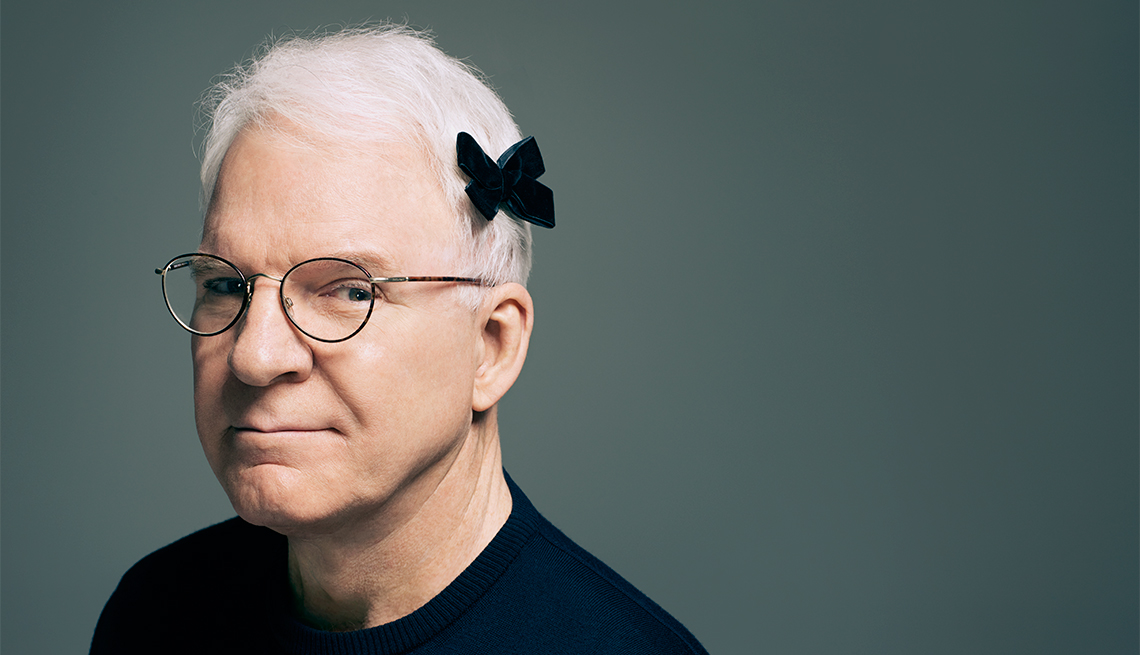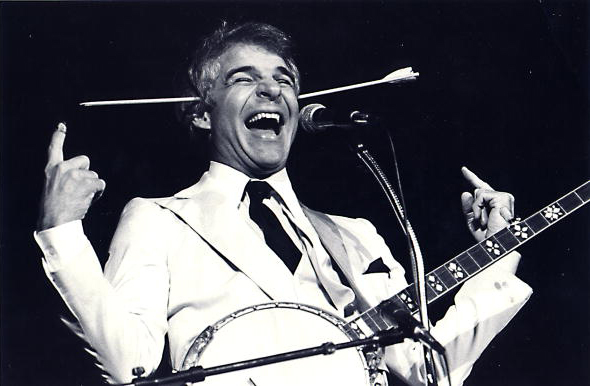Brian Michael Firkus, better known as Trixie Mattel, is a drag queen who was a contestant on season seven of RuPaul’s Drag Race before going on to win season three of Drag Race All-Stars. Brain is from a small town in Wisconsin, he is half Native American, and he suffered mocking from his stepfather, who would call him "Trixie" when he acted effeminate as a teen. Obviously this inspired his choice of drag name, and his look was also inspired by his childhood hero, Barbie. I chose Trixie for my post because she is breaking down boundaries of the entertainment industry. Her multi talented act is elevating drag from its status as a adult-only nightclub activity and bringing it into the spaces of stand-up comedy and country folk music. The title of NPR’s “The Record” says it all: “Trixie Mattel: America's Next Top Folk-Country Comedy Drag Artist”.
It is clear in her interview for NPR that Trixie is very intrinsically motivated with her music. She says of her album “One Stone”: “I hoped that it would sell, and I hoped that it would chart. But when the day came out when it was at No. 1 on the [iTunes] singer-songwriter chart, I was like, Oh my god. I don't write the music to sell it; I write it for my own human fulfillment”. Trixie uses her fame as a platform to do something completely unexpected and completely authentic to her. Her music references her struggles with romance and family relationships, and documents her roots as someone who grew up in rural Wisconsin.
Trixie’s feature in GQ magazine highlights her youtube series UNHhhh, which she stars in with fellow drag queen Katya Zamolodchikova. This comedy show was so wildly successful on youtube that Viceland decided to turn the show into an actual TV series, now called The Trixie & Katya Show. This article discusses more the collaborative aspect of Trixie’s career, which recalls the article by Uzzi and Spiro that we read earlier in the semester. Trixie and Katya (who both happen to be named Brian) have captured millions of viewers with their unscripted chats, an audience that undoubtedly would be much smaller if they didn’t have each other to play off of. Through their banter, they always end up somewhere unexpected, and it is always hilarious.

Along with NPR and GQ, Trixie had been featured in many other major publications such as Rolling Stones and The New York Times. This is groundbreaking territory for a drag queen, to be so successful in so many fields and to capture the interest of people who are normally beyond the reach of the LGBT community. I believe Trixie’s presence in the comedy and country music world set a great precedent for the future, and I can’t wait to watch as more queens blur the lines of “normal”.
Sources:






















